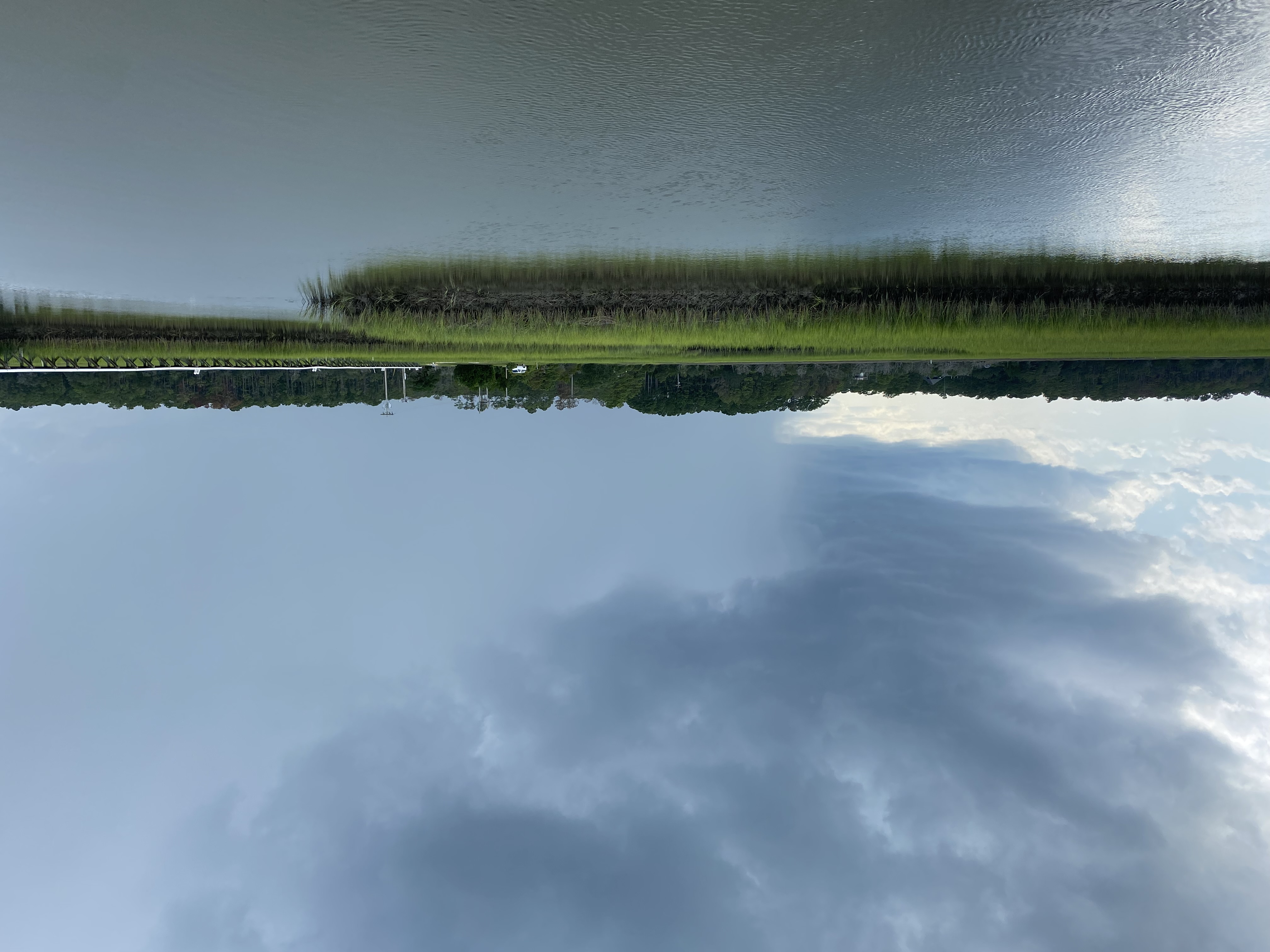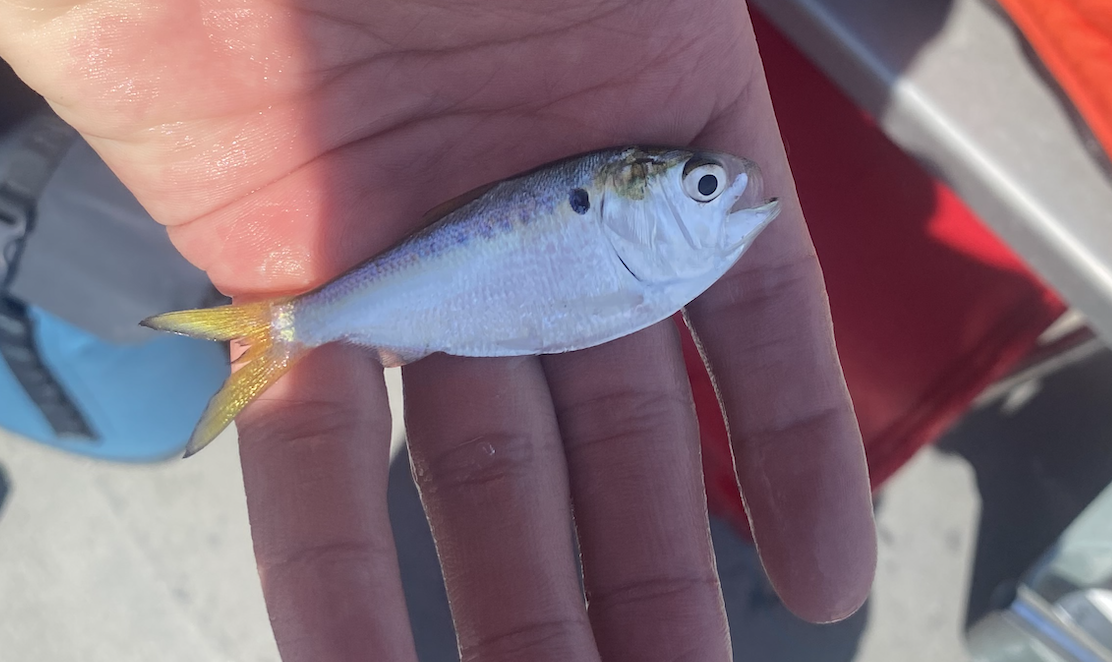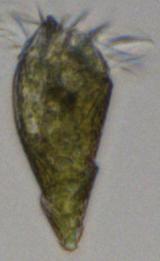

As environmental shifts in salinity and temperature continue to drastically change estuarine habitat, it is critical to understand how the base of the foodweb will respond. Many model attempt to link autotrophic and heterotrophic plankton to fish, but these models omit taxonomic information. We are attempting to build diet-based feeding information into pelagic ecosystem models. The focus of this work is currently set in the dynamic Mission-Aransas Estuary which is subject to extreme salinity oscillations.
This work is funded by the Texas Gulf Coast Research Center (2075 Impact Grant)

The Mission-Aransas estuary in South Texas has large oscillations in freshwater inputs. This results in wet or dry periords lasting several years. Additionally, the extremely long residence times results in considerable spatial variation between different minor-bays of the whole system. Using in-situ collected data from the System Wide Monitoring Program (SWMP) and an extensive time-series of FlowCam images of microplankton, I'm investigating how water quality changes lead to changes in plankton communities.
This work is possible due to the NERR SWMP collection efforts and years of data collection led by Dr. Ed Buskey.
Intense rainfall events are an increasingly common stressor for salt-marsh systems in the Southeast US. These events can introduce run-off terrestrial nutrients and drastic changes in salinity. While occurring over short timescales, these events may have large consequences on the plankton community structure. I am using observation and experimental approaches, combined with an array of imaging tools, to better study how these events influence phyto- and zooplankton communities.
This work was made possible with support from the USC SPARC program, Slocum-Lunz Foundation, and FlowCam Graduate Research Grant.